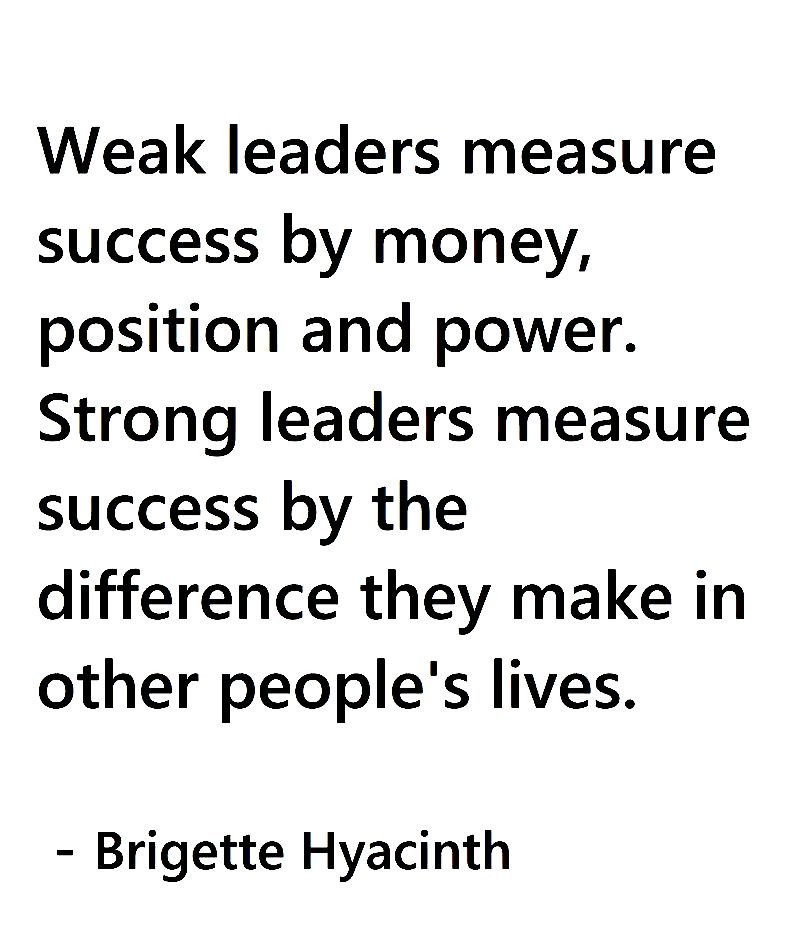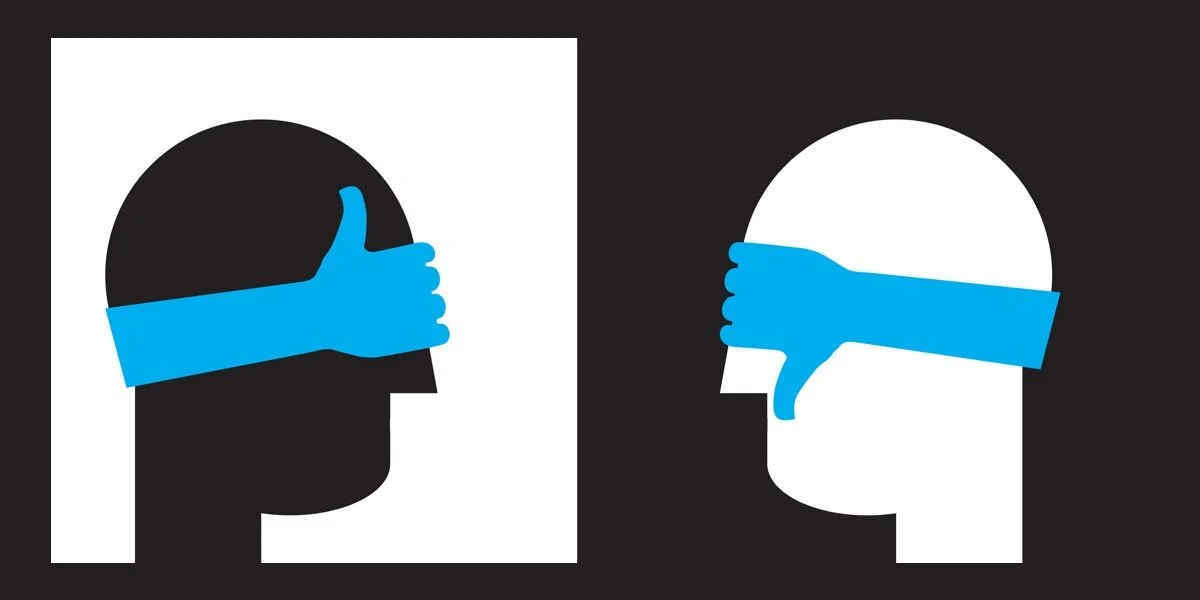The Basics of Great Leadership
Vital Germaine
Vital Germaine Keynote - Standing Ovation for Office Dynamics Conference
Regardless of your position or title, we are all leaders. We all influence and impact our company’s culture simply in the way we behave and show up. Great leaders learn from others and are inspired by other leaders, however, don’t rely on others to drive your behavior and decisions. Be a leader by example at all times, regardless of pay or position.
Here ar e a few basic tools to help you become a great leader.
Emotional Intelligence:
Be aware of your behavior and choices and how they create ripple affects among your team and culture. Through awareness it becomes easier to adapt and fine-tune our behavior, leading to growth and improvement. Be particularly aware of how you make others feel. Video
Caring:
Any leader that clearly communicates that they care for the well-being of their colleagues and/or team becomes a high-value person (read my book, Pink Is The Color of Empathy)
Listening:
Listening with an open, caring and understanding ear or heart is one of the most empowering things a leader can do as a leader.
“To be an effective leader, you have to be a really good listener and not to what's being said, but to what's not being said. You have to be really observant.” - Kobi Bryant
Adaptability
The ability to pivot and change course when needed is key to human survival, let alone leadership. How flexible are you? Do you have an innovation mindset that can navigate challenges with poise and confidence. Read the book, Innovation Mindset.
Inspiration
“If your actions inspire others to dream more, learn more, do more, and become more, you are a leader.” - John Quincy Adams (6th President of the United States)
Collaboration:
Short video
Communication:
To begin your journey into becoming a great leader, know that communication skills are crucial. Let’s begin with the acronym H.A.I.L from Julien Treasure (Ted Talk). Implement these four pillars of effective and confident communication and so much will improve.
- Honesty
- Authenticity
- Integrity
- Love (respect/caring)
Bring it all together
Vital Germaine is Las Vegas’ most dynamic and memorable keynote speaker. Watch his sizzle reel:
“The difference between ordinary and extraordinary, is that little extra.”
Vital Germaine, President of ENGAGE Teams 360


















